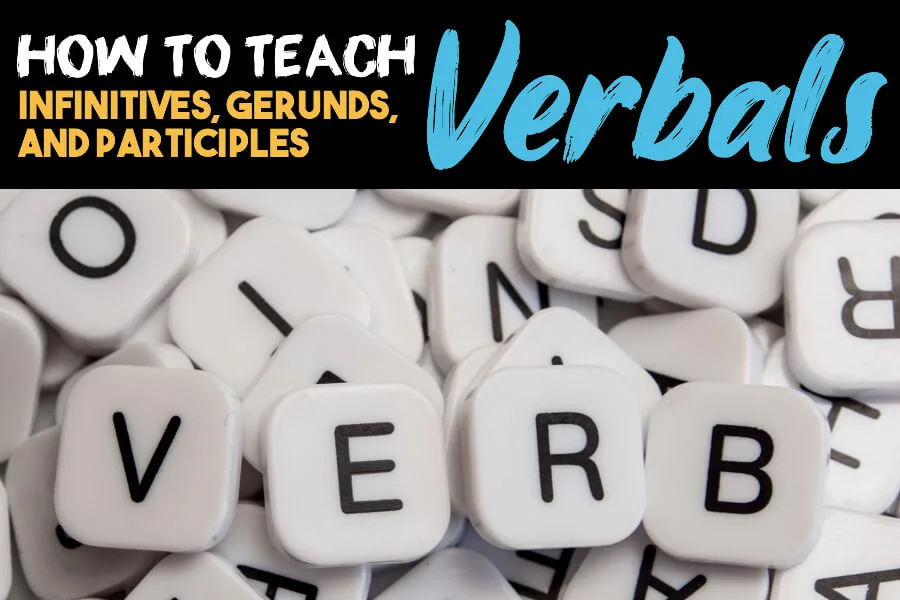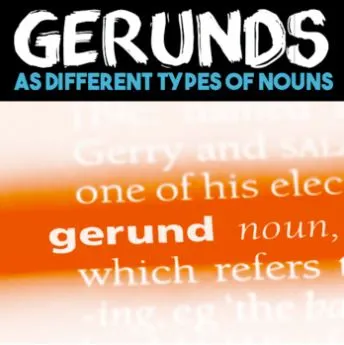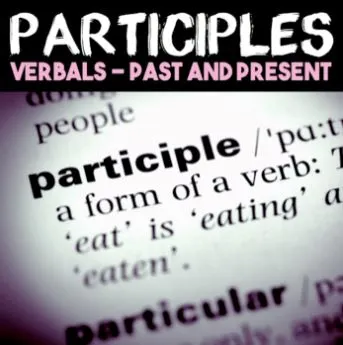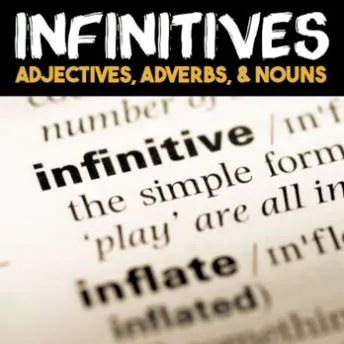Note: English as a language is an intricate (and sometimes frustrating) combination of rules and grammars from several languages, namely Latin, French, and German. Because modern English is an amalgamation of these languages, and because these languages have conflicting rule sets, we see many constructions that are irregular or which just do not seem to follow the rules that have been defined as “English.”
Beyond the complexities caused by English’s jigsawed nature, repeated use of common words and phrases will eventually over time lead to corrupted words, which lose patterns present in most standard English grammar rules. Just like other aspects of culture, language evolves constantly. Thus, there are always exceptions, outliers, and deviations to the rules.
The following rules are no exception. You will see that many of these rules, and the examples thereof, have similarities that make them difficult to differentiate, and thus to understand and teach. When in doubt, be okay with saying “I don’t know” or that a particular sentence/example has too many complexities to be 100% sure (students need to know that it’s okay not to be 100% correct, after all! – it’s more important to learn, try, reevaluate, and then try again!). Students learn grammar best through reading and writing practice and general exploration than they do through rote memorization and identification.
What Is A Verbal?
A verbal is a type of word that comes from a verb but does not actually function as a verb. Verbals are used as a noun, adjective, or adverb in a sentence, but are never used alone as the action for a sentence. Think of it as a noun, adjective, or adverb that comes from a verb, but isn’t a verb – hence VERBal, not “verb”. Perhaps you can consider it verb-y, verb-esque, or verb-like. For example, write is a verb, but a writing is a noun (and thus a verbal). Consider the following simple sentences:
- I write for fun.
- Writing is fun.
In the first sentence, write functions as the main action of the sentence. Thus, it is a verb. In the second sentence, is is the main action of the sentence, and writing is a noun acting as the subject of the sentence. Thus, writing is not a verb, it is a verbal noun.
Verbals come in three different types: gerunds, participles, and infinitives. Each of these types of verbals is incredibly common in both simple and complex English sentences.
Gerunds
Gerunds are forms of verbs that end in -ing, but do not have a linking verb (i.e. a form of “to be”); therefore, it is not a verb in the sentence. The verbal noun, writing, from the explanation above is thus a gerund. Other examples of gerunds would be running, laughing, speaking, etc.
Direct Object
First, students need to understand what a direct object is. A direct object is a noun in a sentence that is receiving the action of the verb. The action is being done TO the direct object. Generally, when you have a gerund after the verb, it is receiving the action of the main verb. Consider the following example:
- I like sleeping.
Sleeping is the direct object of the verb like. It is receiving the action of being liked.
Not all sentences have a Direct Object. For example, “Sleeping is fun” does not have a direct object.
Subject
Subjects of sentences are the nouns that complete the action of the verb. All verbs require a subject to be a sentence (with very few exceptions). When a gerund is the subject, it is doing the action of the sentence. Consider the following example:
- Studying takes hard work and effort.
Studying is the subject of the main verb take.
In our first example of verbals, “Writing is fun,” writing is a gerund which is also the subject of the sentence. To help me remember how gerunds function as subjects I often put the phrase “The act of…” in front of the gerund as a test to see if it makes sense. Consider:
- The act of studying takes hard work and effort.
- The act of writing is fun.
In this manner, “The act of…” and the gerund are noun phrases AND subjects which are completed by a verb and predicate. This is only a test; putting “The act of…” in every sentence with a gerund as a subject makes for wordy and verbose writing.
Object of The Preposition
Prepositions cannot stand on their own in a sentence. Prepositions are words that show position in relation to the subject or other element in a sentence. Common prepositions are: to, toward, below, with, near, of, and by. Each of these prepositions requires a noun to complete the prepositional phrase. Gerunds can function as the noun in the prepositional phrase. Consider:
- I earn my living by teaching.
By is the preposition, and teaching is completing its prepositional phrase. Living is also a gerund, but it is not affected by the preposition of by.
Predicate Nominative
The predicate nominative is similar to the usage of a gerund as a subject. I often teach predicates as finishing an equation using the verb “to be.” The equation would be as follows: Subject = Predicate Nominative where the = symbol means “to be.” The predicate nominative completes this equation, often serving to modify the subject. Consider:
- My favorite activity is running.
Activity is the subject, is is the main verb, and running is the predicate nominative modifying the subject. In the form of the equation, it would be: My favorite activity = running.
Participles
Participles are verbals, often formed by adding an -ed or -ing to the verb. Participles will either modify a noun or verb, functioning as an adjective or adverb. Participles will change form depending on whether they are past or present tense, or if they are formed from irregular verbs.
Past Tense
Past tense participles will be recognized by their -ed ending. It can be used as a verbal adjective or be used to form the past tenses or passive voice of the verb. Consider:
- He had shouted the answer.
Shouted is a past tense participle paired with had to form the past perfect tense in English. In this sentence had shouted is the main verb.
- She heard the shouted answer.
Shouted here is a past tense participle being used as an adjective to modify the noun answer.
Present Tense
In the present tense, participles will look like gerunds, ending in -ing. Much like the past tense, it can be used to form the present tense of the verb or be used as an adjective.
- The smiling man went outside.
Smiling is a present tense participle being used as an adjective modifying the man.
- The man is smiling.
Smiling is a present tense participle paired with is to form the present tense in English. In this sentence, is smiling is the main verb.
Irregular Verbs
Some common verbs in English have irregular forms between their present and past tense participle verbs. These need to just be memorized as they do not always follow the -ed and -ing pattern mentioned above.
- “They are making a cake.” vs “They made a cake.” vs “They had made a cake.”
Make changes its “k” to a “d” when it switches tense.
- “The breaking cup is on the table.” vs “The broken cup is on the table.”
The vowels and ending of the word breaking switch to form broken.
Infinitives
Infinitives are the most basic forms of verbs that do not have a subject, tense, etc. Infinitives can function as either an adjective, adverb, or noun. An infinitive verb is more similar to a noun in the sense that it is the concept of the action – no one is actually completing the action. You can recognize infinitives in English by the presence of the preposition “to” in front of the verb. Examples of infinitives are: to eat, to want, to jump.
Adjectives
Infinitives can be used as adjectives, modifying nouns within the sentence. As an adjective, it will give more information about a noun in the sentence.
- After lunch is the best time to nap.
To nap is the infinitive being used as an adjective to describe and identify what the “best time” is.
Adverbs
Adverbs will modify verbs, adjectives, or other adverbs. In a sentence, an infinitive will give more information and describe the verb. It can identify why a verb is happening.
- He came to the park to show us his dog.
To show is an infinitive being used as an adverb to modify the main verb came. It is giving more information as to why he came to the park.
Nouns
Infinitives can also function the same way a noun functions in a sentence. Consider the following examples:
- To eat is important.
To eat is the infinitive functioning as a noun subject, which in turn is being modified by the adjective important.
- She likes to knit.
To knit is the infinitive functioning as a direct object, i.e. as the object of the liking.



